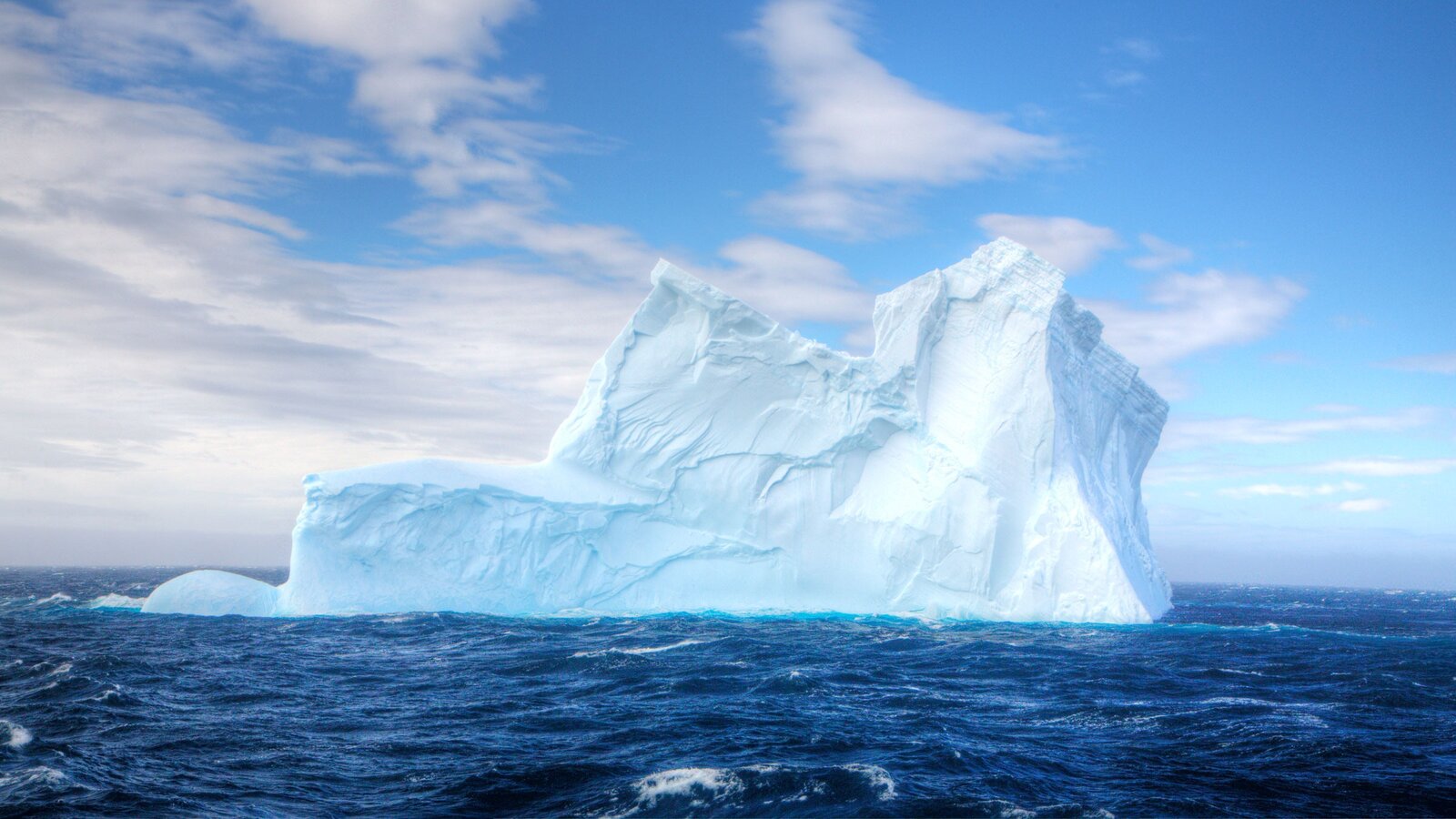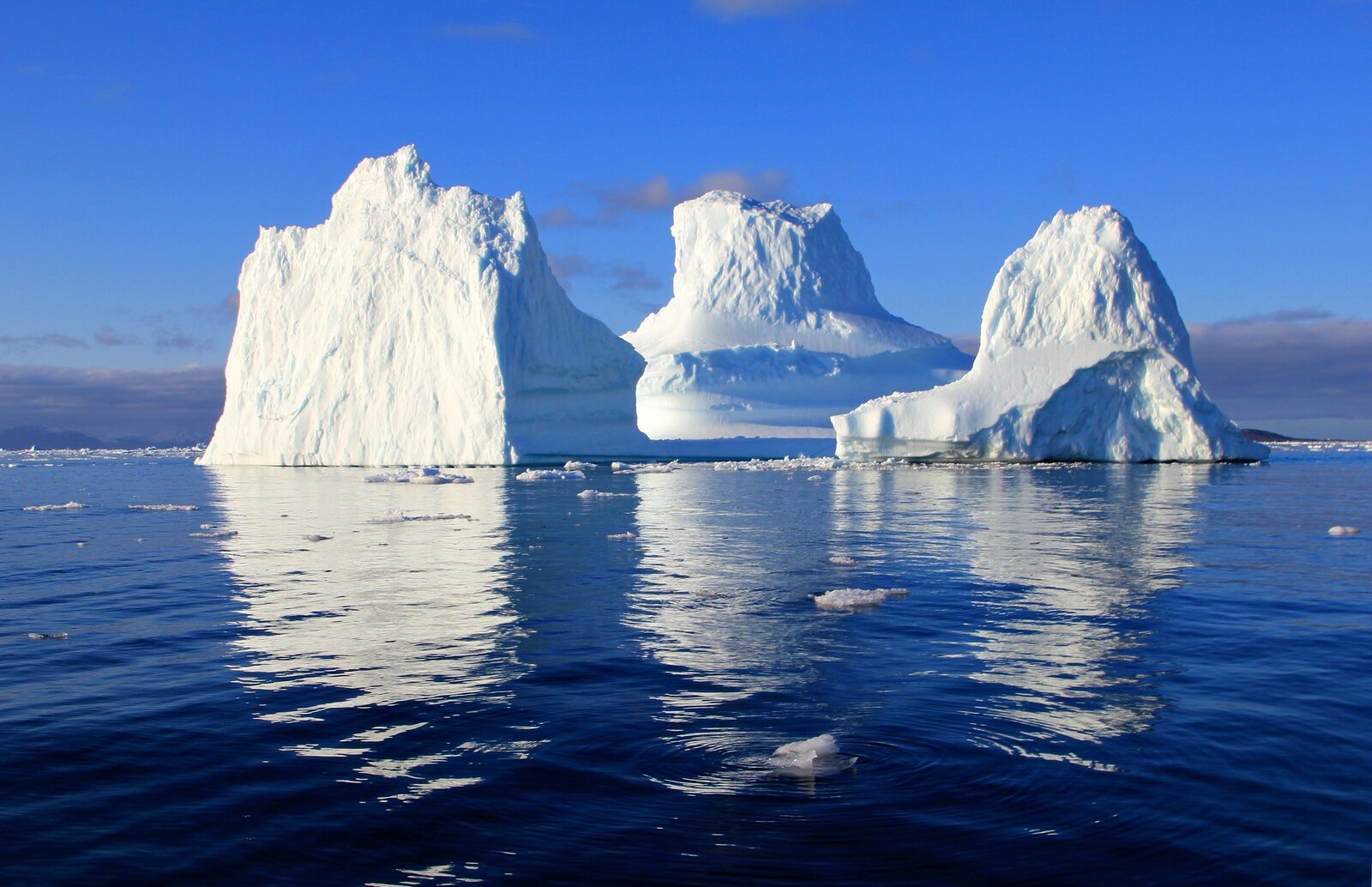
What happened to the iceberg that collided with the Titanic?
If only Halley’s comet had eyes. Halley’s comet strolls through the Earth’s night sky every seventy-five years. The ancients across the globe relied on the night sky for everything because their survival depended on being able to read the stars for knowing when the herds, when winter was coming and when to migrate.
Halley’s comet wasn’t a thing of rare beauty like it is today. Our ancestors saw it as an interruption to the night sky flow. Comets meant serious warnings. But this article is not about comets.

Halley’s comet and the iceberg have something in common: they’re really, really old! When it comes to that comet that scared our ancestors, Halley’s comet is one. It was the same comet that passed over Earth every seventy-five years. The iceberg that sank the famous Titanic was the same iceberg living on the ocean for centuries. We can go to glacier ice that’s about a million years old!
Icebergs are beautiful pieces of Earth and they’ve been here longer than all of us. Many see the sinking of the Titanic as a crime and who’s called in for questioning about crimes? The witnesses! The best one to talk about this crime is the iceberg witness itself. So what’s going on with this iceberg?

History
As mentioned before, scientists find icebergs that date back to a million years. They don’t just outlive us, they outlive empires & civilizations, even worlds. Everywhere we visit on Earth is a lost world, and some icebergs today were found during the reign of those worlds.
The approximate age of the very first snowflakes that composed the glacier that produced the Titanic iceberg is 15,000 years old. It’s amazing to think it’s been living in the ocean long before any of the Titanic survivors and casualties were thought about.
Some ancient person passed right by the ice in their boat. They probably never thought about the tragedies that iceberg was going to cause nor the stories it’ll give rise to. It’s widely speculated that this iceberg originally hailed from Greenland and traveled about eight miles a day.

The water temperatures on the night the ocean liner sank were about twenty-eight degrees Fahrenheit, below freezing. As we know, these temperatures were deathly cold for the passengers who had to flee to the water, escaping the sinking ship. But they’re too warm to sustain icebergs for very long.
Icebergs of the North Atlantic are about two or three years from calving to melting. So, the Titanic iceberg most likely broke off from Greenland in 1910 or 11 and was gone by the end of 1912 or 13.

Titanic
The RMS Titanic was a British passenger liner operated by the White Star Line. It was a luxury steamship, but it’ll always be known for its sinking. The ship was in the midst of a voyage from Southampton to New York City when it sank in those early hours of April 15th, 1912. It was off the coast of Newfoundland in the North Atlantic. It sideswiped an iceberg.
Now, when it comes to the iceberg, images are limited. Understandably, nobody bothered to take any photographs while the ship was sinking. It’s nearly impossible to make a substantiated positive identification of the piece of ice. The photographs that are available, however, do tell the sign of a collision with a ship. But what about the streak of red paint?

Red paint
The German ocean liner SS Prinz Adalbert had been sailing through the North Atlantic just miles from where the Titanic sank. The ship’s Chief steward spotted a streak of red paint along the iceberg’s bases. It meant that a ship had most likely collided with the iceberg within the past twelve hours.
The chief had not yet learned about what happened to the Titanic, thus was not searching for icebergs. But he couldn’t ignore the red paint.

Captain De Carteret of the Minia took a photo. It was one out of a few cable ships. Vessels would lay out deep sea cables for communications. They’re sent to locations of shipwrecks. They clean up debris and recover dead bodies. The Minia captain said there was only one iceberg in the area and red paint was a clear sign of a sunken ship.
There was some disagreement over whether this iceberg with the red paint was the only iceberg in the area. But something definitely hit the iceberg. Experts stated, odds are, it was the Titanic.
一
What’s going on with this iceberg? Could there be more to the Titanic’s historical night? Let us know what you think!







